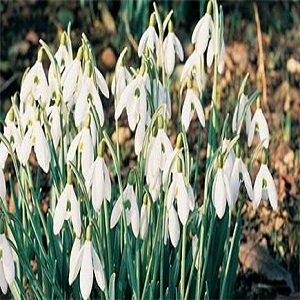How to Transplant Snowdrops

Snowdrops get their name from the fact that they grow right after winters, sometimes even in the snow. They are beautiful flowers and are one of the earliest to bloom. They should be transplanted to redesign just after they have finished flowering and are still fresh and green. Transplanting snowdrops are an easy job as long as you have the right gardening tools and a guide like ours. Our step by step guide shows you how to transplant snowdrops in the right manner.
Instructions
-
1
Choose a site where you want to transplant the flowers. This site could be walkway, entrance, or driveway of the house. Mark the location in the garden where you want them to bloom each year. Choosing a shady part covered with trees or other plants is advisable as it protects the snowdrops from direct sun.
-
2
Dig up the soil using a garden shovel. Add some compost or humus to it to increase the aeration and water retention property of the soil. Dig up planting holes, 5 to 6 inches deep for every bulb.
-
3
Use a trowel or small shovel to dig up the snowdrops as clumps. Dig around the 1m first to loosen up the soil at the spots where the bulbs are likely to be. The plants will have finished their flowering but will still be green. Do not damage the plants with the tools and work carefully. Get the bulbs and the roots out without damaging them.
-
4
Place the bulbs over a newspaper or some old cloth. Separate the bulbs from each other. Each one should have a healthy shoot and roots. Separate any damaged ones or those showing signs of fungal disease. The bulbs should be replanted before they get dry.
-
5
Plant the bulbs in the holes you dug for them in the new location. You can plant them in clusters or individually. Make sure that the green shoot are above the soil because they will be making food for the plant. Place the bulbs in the holes and firm up the ground around them to secure them. Press the soil down. Now water the bulbs well to moisten the soil but not over water it. Your bulbs will keep blooming for many more years.







